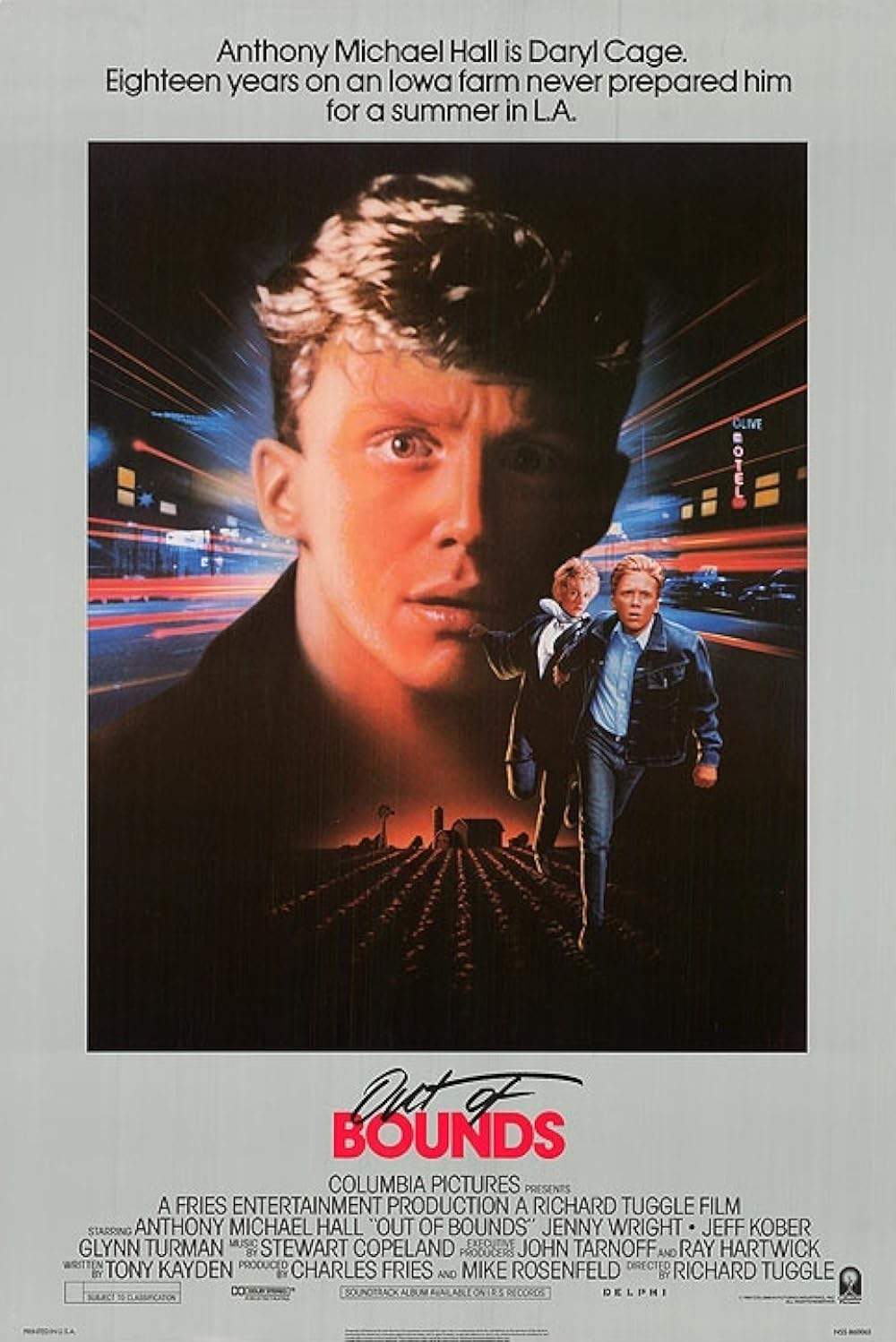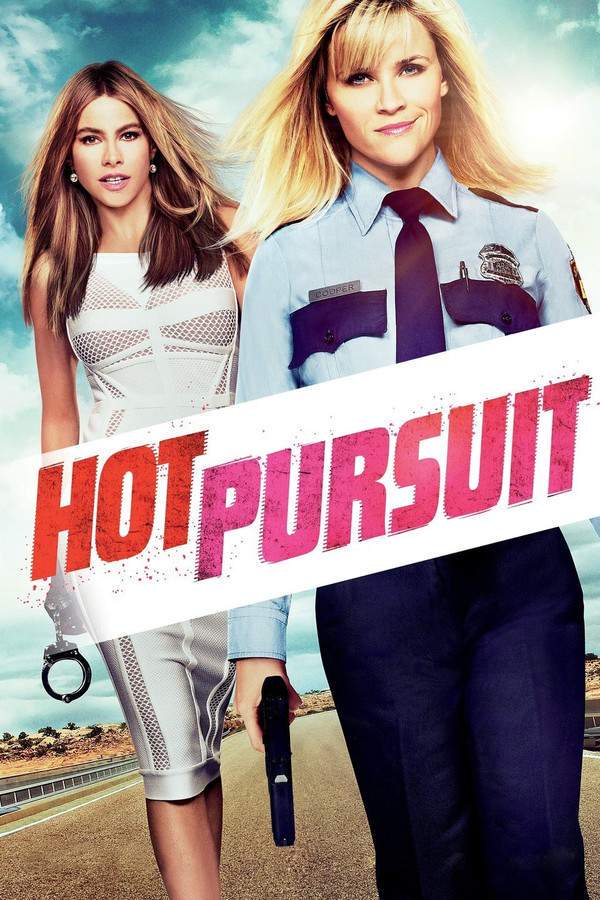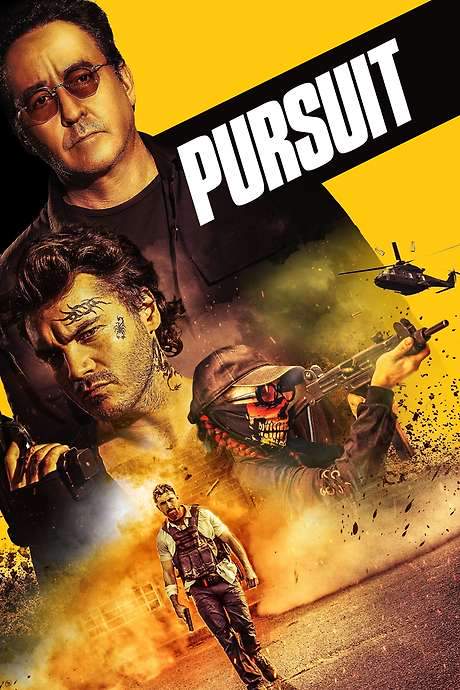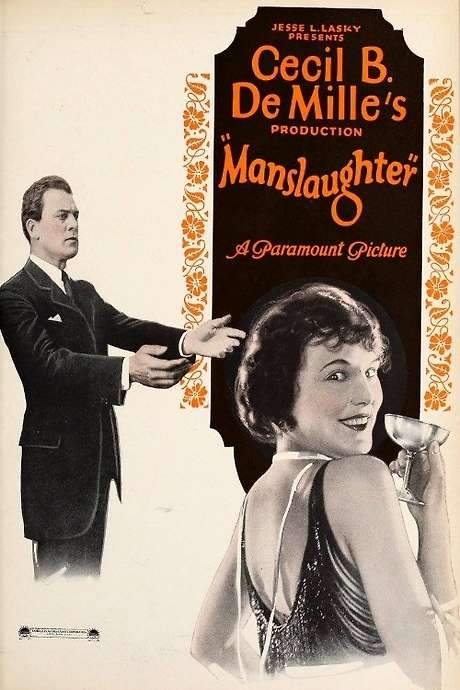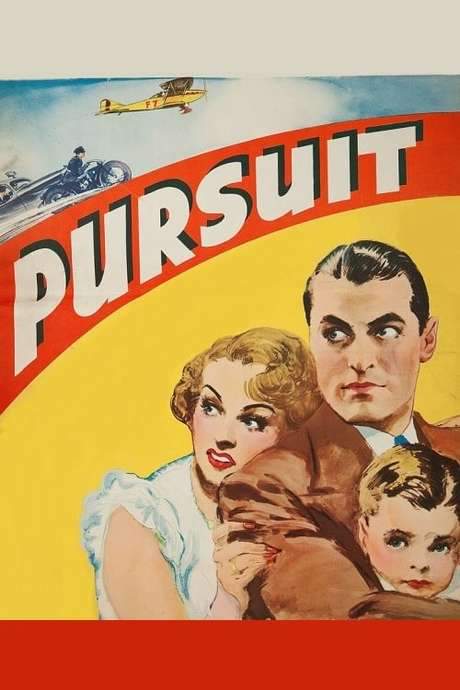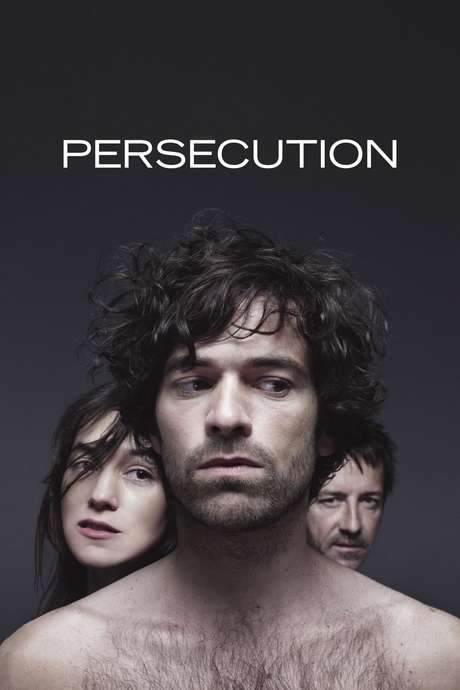
The Pursuit of Happiness
Year: 1971
Runtime: 93 mins
Language: English
Director: Robert Mulligan
William Popper, the son of a stockbroker, is profoundly disillusioned with the system that raised him. After accidentally hitting a pedestrian with his car, he could prove his innocence, yet his contempt drives him to accept a manslaughter sentence, using the punishment as a statement against the world he despises.
Warning: spoilers below!
Haven’t seen The Pursuit of Happiness yet? This summary contains major spoilers. Bookmark the page, watch the movie, and come back for the full breakdown. If you're ready, scroll on and relive the story!
The Pursuit of Happiness (1971) – Full Plot Summary & Ending Explained
Read the complete plot breakdown of The Pursuit of Happiness (1971), including all key story events, major twists, and the ending explained in detail. Discover what really happened—and what it all means.
William Popper [Michael Sarrazin] is a college student who, urged by his aunt Ruth [Ruth White], decides to drive to Connecticut to visit his father rather than attend a talk with his girlfriend Jane [Barbara Hershey] that evening. He launches into the journey in a small sports car, the night thick with rain and the windshield smeared with spray, making visibility scarce as he threads his way out of the city after sunset. In the chaos of hurried traffic, he accidentally strikes a woman who is crossing between parked cars in the urban maze. With no witnesses around, he does the responsible thing and turns himself in to the police. Detective Cromie [Ralph Waite] questions him and quickly uncovers that William has no license and no insurance, setting a difficult legal stage for what is to come. Desperate for guidance, William hires a lawyer, Daniel Lawrence [E.G. Marshall], who arrives with his father, John Popper [Arthur Hill], to navigate the mounting trouble.
After a tense initial meeting with the lawyer, William brings his father to his rooms and asks him to meet Jane, hoping for some family support. His friend Melvin Lasher [Robert Klein] arrives with blunt practicality—he immediately asks the father for money, fully aware that John Popper is a millionaire. Jane [Barbara Hershey] returns to the scene, and William leaves her in the company of his father while he wraps up a private conversation with Melvin. When Melvin departs, William finally confesses to Jane that he killed someone that evening, a revelation that changes the tone of their relationship and sets the stage for the moral and legal maelstrom to follow.
Against the lawyer’s advice, William goes to the home of the dead woman to apologize to the Conroy family, a visit that leaves them chilly and suspicious. The family home, under the thumb of William’s formidable grandmother, feels claustrophobic and controlling, with her harsh voice and bleak judgments dominating the household. The grandmother belittles the household staff and even suggests that the dead woman was Irish and probably drunk, insisting that William obtain a “character analysis” of Mrs Conroy [Maya Kenin] as if a verdict could be drawn from gossip rather than grief.
Back with his girlfriend, the couple debates the value of wearing a suit as a sign of responsibility. He wears it, but the judge [Barnard Hughes] sees him as negligent and disobedient, a perception that threads through the courtroom and informs every subsequent confrontation with the legal system. William is ultimately convicted of criminal negligence for the death of Mrs Conroy and is sentenced to one year in prison. He spends a weekend with Jane before beginning his sentence, a quiet, fragile respite before the harsher realities of confinement.
Inside the prison, he shares a cell with James Moran [David Doyle], a former senator imprisoned for embezzlement. The dynamics inside grow more brutal when a new inmate, George Wilson [Gilbert Lewis], is stabbed and killed in the showers by Convict McCardle [Albert Henderson], an event that ripples through the inmate community and colors the upcoming trial. William finds himself drawn into the murder case as a witness, needing to explain that he was helping another inmate write a homosexual love letter, a line of questioning that seems to distort the truth and distract from the original act.
The trial devolves into procedural theatrics that threaten to taint William’s intent and character. The questioning lurches toward insinuations of homosexuality, a tactic that feels tangential to the killing and more about sensationalism than truth. A recess provides a chance for escape, and William slips through an open window to the streets outside, heading toward the university in an attempt to see Jane. The police reach Jane first and warn her about potential danger, but they do not spot William hiding in plain sight.
On a rooftop with Jane and Melvin, William contemplates surrender, arguing that with only a week left on his sentence, the moral calculus of running is uneasy at best. He returns to the family home at night, where his grandmother’s cold calculus returns to threaten him. She orders the dogs to be set on him, and in a desperate moment he pleads for funds to leave the country. She hands him $3,000 from the safe, and Melvin helps by purchasing a car for $600, enabling a plan to flee to Canada with Jane. He bids farewell to his father, who urges him not to go, a last ounce of guidance from a parent who wants to protect him from a harsher fate.
The journey stalls when the car breaks down just outside the city. William tracks down Melvin, who arranges transport by taxi to a small private airport. A mysterious man called “Mr Smith” meets them and offers a flight to Canada for $1,000, with a Wednesday departure window. He also presents an enticing (and more immediate) alternative: a trip to Mexico in a couple of hours for an extra $500. The trio escapes into the unknown, leaving behind the legal pressures and the life they know, and they take to the skies, passing the Statue of Liberty as they vanish toward a new horizon.
Last Updated: October 09, 2025 at 12:30
Unlock the Full Story of The Pursuit of Happiness
Don't stop at just watching — explore The Pursuit of Happiness in full detail. From the complete plot summary and scene-by-scene timeline to character breakdowns, thematic analysis, and a deep dive into the ending — every page helps you truly understand what The Pursuit of Happiness is all about. Plus, discover what's next after the movie.
The Pursuit of Happiness Timeline
Track the full timeline of The Pursuit of Happiness with every major event arranged chronologically. Perfect for decoding non-linear storytelling, flashbacks, or parallel narratives with a clear scene-by-scene breakdown.

Similar Movies to The Pursuit of Happiness
Discover movies like The Pursuit of Happiness that share similar genres, themes, and storytelling elements. Whether you’re drawn to the atmosphere, character arcs, or plot structure, these curated recommendations will help you explore more films you’ll love.
Explore More About Movie The Pursuit of Happiness
The Pursuit of Happiness (1971) Scene-by-Scene Movie Timeline
The Pursuit of Happiness (1971) Movie Characters, Themes & Settings
The Pursuit of Happiness (1971) Spoiler-Free Summary & Key Flow
Movies Like The Pursuit of Happiness – Similar Titles You’ll Enjoy
Happiness (1998) Story Summary & Characters
Happiness Runs (2010) Full Summary & Key Details
Out of Bounds (1986) Full Movie Breakdown
Hot Pursuit (1987) Spoiler-Packed Plot Recap
In Pursuit (2001) Film Overview & Timeline
Dangerous Pursuit (1990) Movie Recap & Themes
Hard Choices (1985) Story Summary & Characters
Pursuit (2022) Full Movie Breakdown
Happiness (2022) Story Summary & Characters
The Hunted (1948) Story Summary & Characters
Manslaughter (1922) Detailed Story Recap
All Nudity Shall Be Punished (1973) Movie Recap & Themes
Pursuit (1935) Movie Recap & Themes
For Them That Trespass (1949) Film Overview & Timeline
Persecution (2009) Movie Recap & Themes





